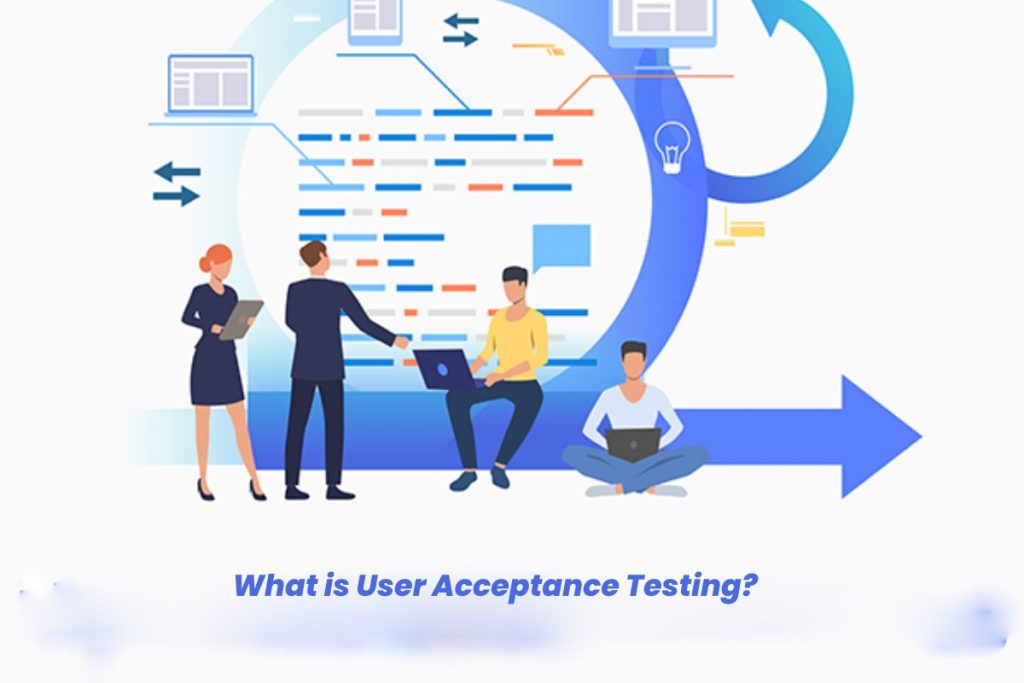Test automation is an essential part of the software development cycle as organizations want to ensure quality, consistency, and availability of applications for business continuity. Before releasing any software product in the market, enterprises need to be hundred percent assured of their product standing the real-world challenges. This is the basic essence of acceptance testing as feedback from real users offers an added advantage. That’s how user acceptance testing is performed.
So, in user acceptance testing, the software product is tested by the intended customers and their feedback is taken into consideration, before releasing the product in the market. In this blog, we will further dive into user acceptance testing, explore its types and learn how it benefits enterprises in developing the best customer experience while ensuring business continuity.
Table of Contents
What is the Purpose of UAT?
As it has already been mentioned that in UAT, the real users are given the opportunity to use the software application and test so that if there are any issues with the features or functionalities, they can be identified. User acceptance testing is executed at the end of the development cycle, usually after system testing, integration testing and unit testing. At this stage, the software might be entirely functional but still might lag from per user’s perspective because the product expectations were not defined properly to the developers. In total, User Accept testing safeguards against faulty, ineffective or unfinished software products being released.
To be effective, UAT must be thorough and must reflect the user’s requirements. Also, it must be capable of identifying potential problems that remain undetected in previous tests. Without UAT, there is a high probability of missing the bugs from the user’s perspective and a lack of clarity with respect to defined goals for end users. These issues can be costly and potentially damaging to the software vendor’s reputation.
Who Performs UAT ?
End users normally perform UAT because they are the ones who use the software on a daily basis, Hence, their suggestions are imperative as they can point out what day to day implementations are required in the software.
Internal functional experts also play a major role in UAT, as they help shape UAT cycles and test management, as well as interpret the results.
Types of UAT
There are different types of software tests that qualify as user acceptance testing. Let’s explore them one by one :
Beta testing : Performed by end users, beta testing is to evaluate the software for its intended purpose They provide feedback on what needs to be implemented in the software for its daily usage and seamless functioning.
Black box testing. In Black box testing, the end users or the functional testers, tests specific software functions without seeing the internal code.
Operational acceptance testing. Unlike other software testing methods, in operational acceptance testing the focus is on the design part. Example a predefined workflow for the software and operational readiness, such as product compatibility, reliability and stability.
Contract acceptance testing. In contract acceptance testing, software is tested based on specific criteria and specifications defined in the contract discussed by the project team.
Regulation acceptance testing. The Regulation acceptance testing focuses on ensuring that software meets the legal rules and regulations defined by the project team or the stakeholders.
Conclusion:
As organizations are focusing on the best user experience, software quality, efficiency and availability, tests like User Acceptance testing is a must-have in the checklist of the testing teams. It bridges the gap between the testing teams, end-users and stakeholders. Likewise, assurance of seamless functioning of the software is also provided in UAT. These points make user acceptance testing a highly recommended software testing method.

